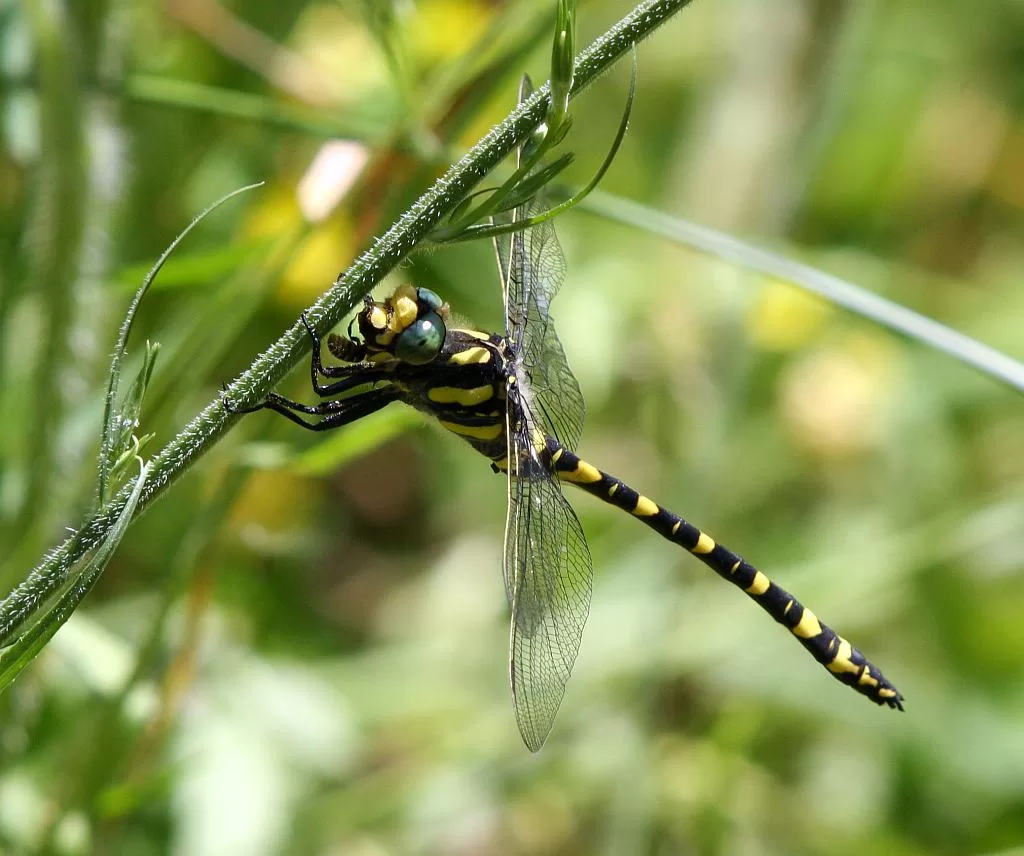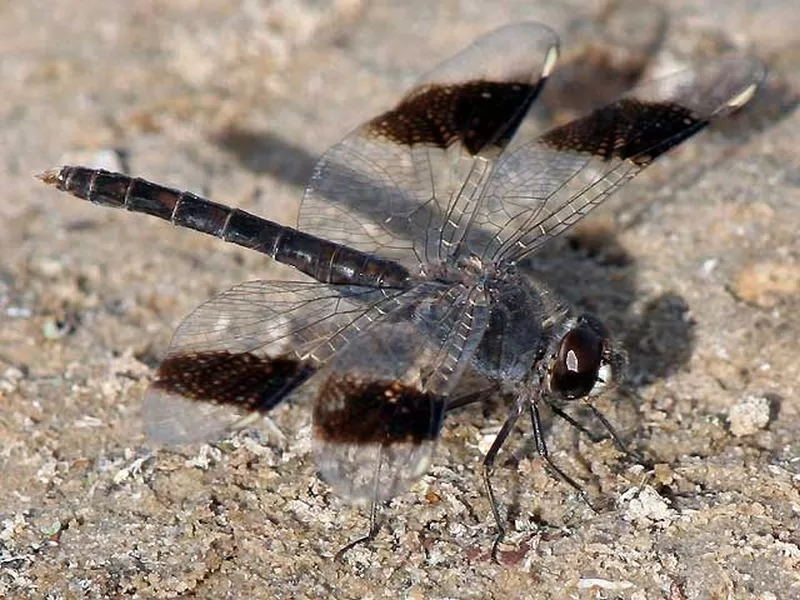- Family: Libellulidae.
- Scientific: Brachythemis leucosticta.
- English: Southern banded groundling.
- Spanish:
Description
The Southern banded groundling – Brachythemis leucosticta is a small species with an overall body color that ranges from yellowish to blackish-brown. The face of young males and females is yellowish-cream, and the thorax and abdomen are yellow-greenish with noticeable brown or black marks. As they age, males become black, and females become brown.

I’ve been living in this lovely area of Western Andalucia for the last 20 years or so and dedicate most of my time to the running of English language tourist information websites for the towns of Cádiz, Ronda, Grazalema, the famous or infamous Caminito del Rey, and also Wildside Holidays, which promotes sustainable and eco-friendly businesses running wildlife and walking holidays in Spain. My articles contain affiliate links that will help you reserve a hotel, bus, train or activity in the area. You don’t pay more, but by using them you do support this website. Thankyou!



